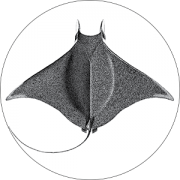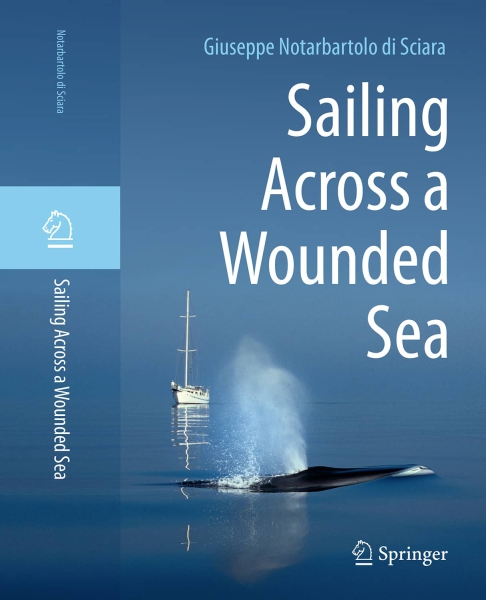The Red Sea is one of the world’s least studied marine regions, and, accordingly, its cetacean fauna is one of the least known across the world’s oceans. I have been fascinated by this subject ever since I started to visit the Red Sea in the early ’90s.
To stimulate progress in the knowledge of Red Sea cetaceans I joined efforts with colleagues who, like me, had taken advantage of any possibile opportunity for advancing such knowledge, and in 2007 we presented our findings at the 21st Annual Conference of the European Cetacean Society, San Sebastian, Spain.
Seven years later, the same group of authors was in the position of presenting an updated summary of cetaceans in the Red Sea at the meeting of the IWC Scientific Committee (Bled, Slovenia, 2014), also informing that a more detailed description of the subject was in preparation. Three more years were necessary, however, to terminate the work, which was concluded in 2017 with the publication of the document “Cetaceans of the Red Sea” as part of the Technical Series of the Convention on Migratory Species.
As a result of this effort, we were able to determine that the cetacean fauna in the Red Sea is composed of a total of 16 species: three Mysticetes (Bryde’s whale, Balaenoptera edeni; Omura’s whale, B. omurai; and humpback whale, Megaptera novaeangliae) and 13 Odontocetes (dwarf sperm whale, Kogia sima; killer whale, Orcinus orca; false killer whale, Pseudorca crassidens; short-finned pilot whale, Globicephala macrorhynchus; Risso’s dolphin, Grampus griseus; Indian Ocean humpback dolphin, Sousa plumbea; rough-toothed dolphin, Steno bredanensis; Indo-Pacific bottlenose dolphin, Tursiops aduncus; common bottlenose dolphin, T. truncatus; pantropical spotted dolphin, Stenella attenuata; spinner dolphin, S. longirostris; striped dolphin, S. coeruleoalba; Indo-Pacific common dolphin, Delphinus delphis tropicalis).
This review presented the very first documented and confirmed sightings of B. omurai, K. sima and S. bredanensis in the Red Sea. Of all the above species, however, only nine (Bryde’s whale, false killer whale, Risso’s dolphin, Indian Ocean humpback dolphin, Indo-Pacific bottlenose dolphin, common bottlenose dolphin, pantropical spotted dolphin, spinner dolphin, and Indo-Pacific common dolphin) appeared to occur regularly in the Red Sea, the remaining seven only occurring sporadically as vagrants from the Indian Ocean. Even regular species appeared not to be uniformly distributed throughout the Red Sea, e.g., with Indo-Pacific common dolphins mostly limited to the southern portion of the region, and the Gulf of Suez only hosting the two bottlenose dolphin species and Indian Ocean humpback dolphins. No convincing evidence was found of the Red Sea occurrence of two whale species mentioned in the literature: the common minke whale, Balaenoptera acutorostrata, and the sperm whale, Physeter macrocephalus. The absence from the region of deep diving species (e.g., Ziphiidae and the sperm whale) can be explained by the geomorphology of the Straits of Bab al Mandab, with its extended shallow sill likely to discourage incursions by such species into the Red Sea.
The coordinated effort and the different expertise of the authors have contributed to amending previous mistakes and inaccuracies, verifying and validating specimen identification, highlighting features of relevance for species taxonomy and, most importantly, drawing a fundamental baseline to inform the conservation of cetaceans in the Red Sea.
A group of Risso’s dolphins (Grampus griseus) headstanding against the background of the African coast, south of Abu Fandira reef, Egypt (credit: A. Cesario).




